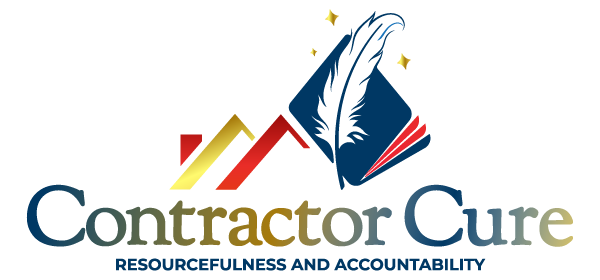Many investors start their business hoping to pursue one strategy. They plan with that in mind and end up with something different. Some intend to do short-term investments, start that way, plan that way, and end up with long-term rentals. That is, they may get into business as fix and flip investors, plan that way, then get stuck with the properties after construction and turn them into long-term rentals. Others start with a long-term strategy and change to flipping midstream.
Each strategy utilizes specific ways of purchasing, rehabbing, and exiting. Then there is the location. Each plan does not necessarily work well in all locations. Sometimes if you switch locations, you may have to regroup to see if your plan still fits with your new location. If not, then you may have to revise your plan to conform to the strategy for that location. For example, if you rehab for assisted living rentals in a neighborhood, you first need to make sure that neighborhood accepts that type of facility.
I once saw an investor who put so much money rehabbing for a grocery store with an eatery as part of the establishment. What he did not know was that such a facility requires zoning and the neighbors do have a big say in that. The locals refused flatly. The building stayed idle for three years while the investor tried everything possible to turn the minds of the locals around so he could get zoning approval. The locals did not budge. He had to re-do the house after four years to convert to a multi-family dwelling. His losses run in the hundreds of thousands when he counted the years of sitting vacant, then demolishing most of the inner structure and converting from a store front to a multi-family complex. He had incurred various holding and rebuilding costs including utilities, taxes, security, registration, city inspections and re-inspections, materials, and labor. That is only on the minimal side, and not to mention his mental toll all those years. He was new in investing and he got baptized and initiated into the business with fire, and that is to put it mildly.
Generally, the best way to approach a residential real estate business should be based on your personal goals, resources, experience, and your time availability. If you neither have the time, experience, nor adequate resources, then go for the long-term, high-growth appreciation investments. You will learn and adjust your plans accordingly without too much pressure as you grow in the business. Some investors cannot make up their minds. They want the appreciation and they also want immediate cash flow through flipping. These are two different methods that call for different strategies, incentives, and benefits.
In many cases, houses constructed for flipping are done differently from those meant for sale to homeowners. Homeowner properties could be equipped with more expensive amenities and appliances as the occupants usually take much better care of these than many renters do. Also, each strategy has different tax incentives and benefits. Some investors who buy houses with tax deduction in mind prefer to buy cheap, fix and rent, and repeat the process repeatedly, particularly in some run-down places for depreciation and expense deductions, basically holding these houses as cash cows. Problem is, sometimes they get stuck with these properties in the long term, as houses in some of these unstable neighborhoods may be costly to maintain, have higher vacancy rates, and not much appreciation to absorb the costs. While they may gain in the short term with tax deductions, long term could be dicey as some of these properties may not appreciate quickly enough to build some equity to cover even the cost basis.
(Notes: Excerpted from “How Not to Fail in Real Estate” page 152.)








